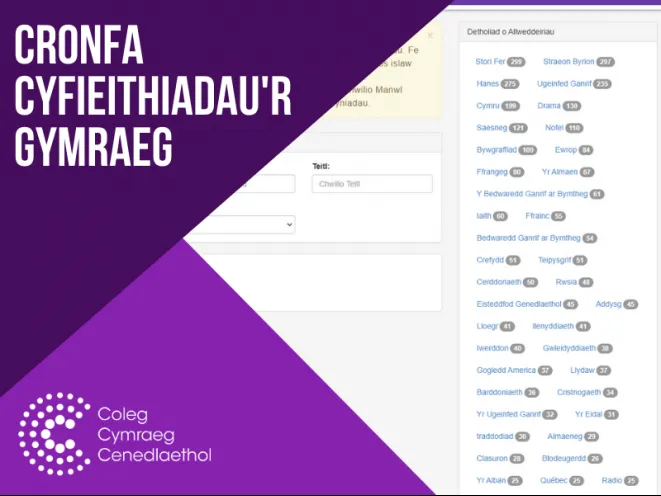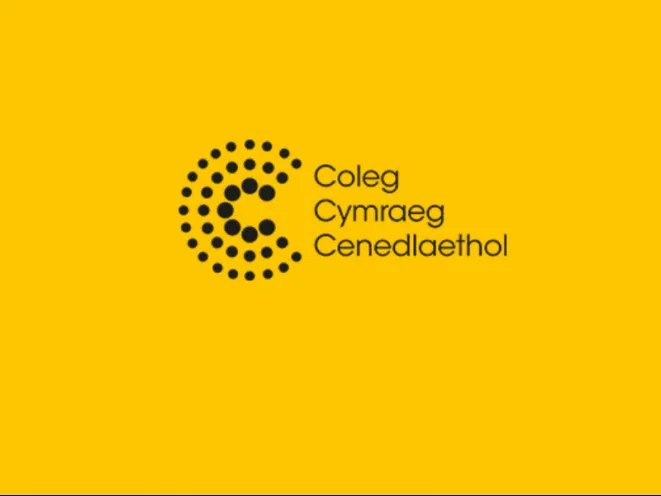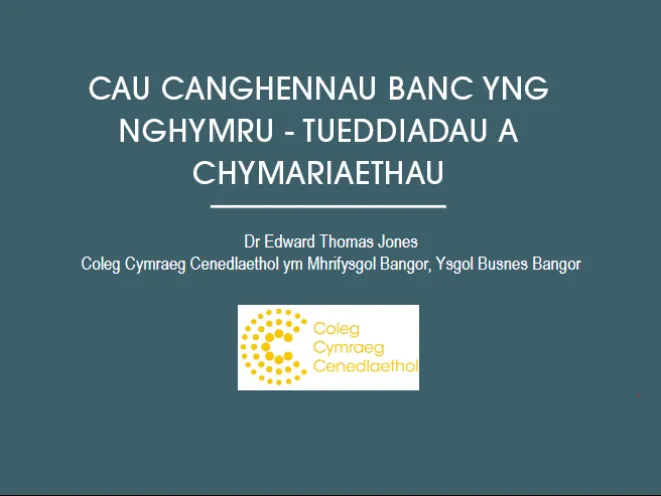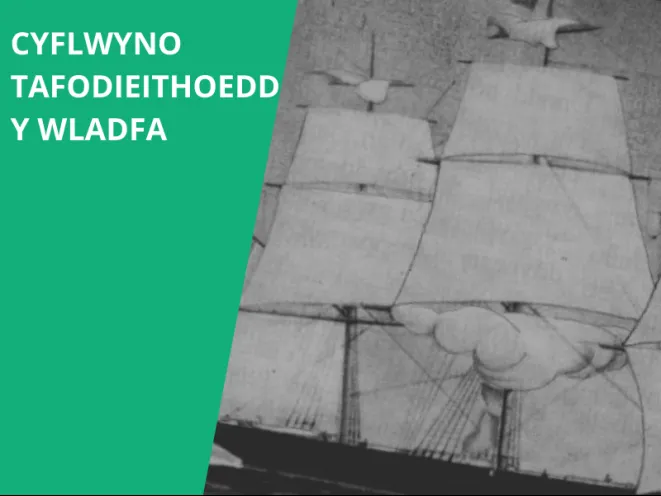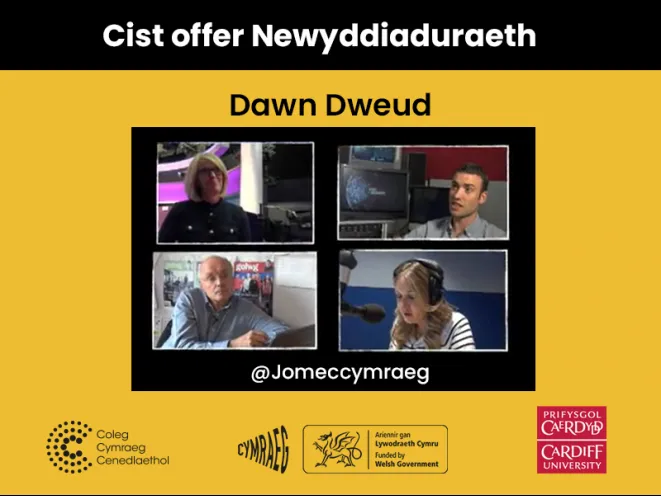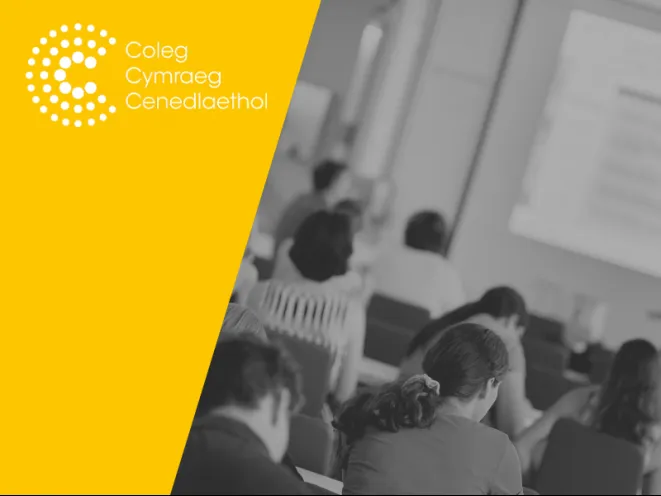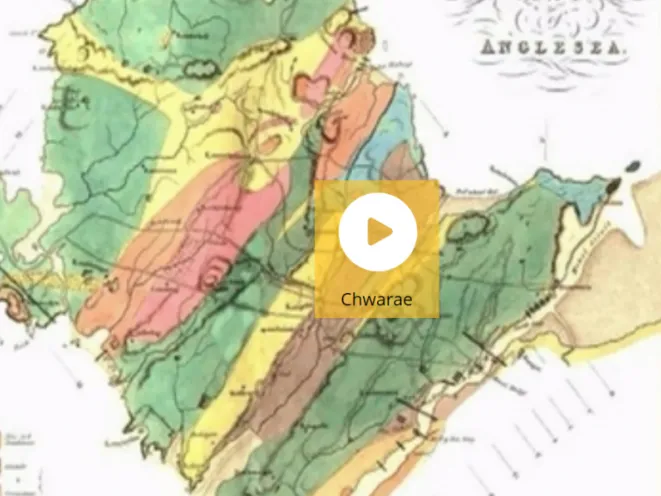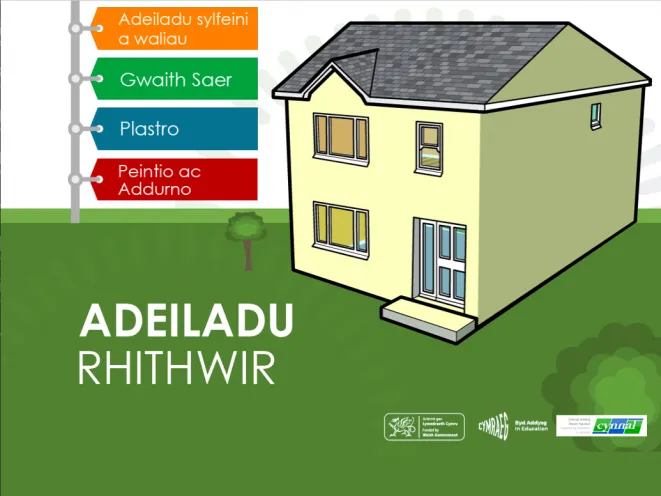The development of Welsh medium early years education has been a story of singular success over the last century. With the establishment of the National Assembly in 2000, Wales further forged its own vision for its young children. One of its first priorities, for example, was the Foundation Phase with its radical approach. This paper offers an overview of the historic development of nursery education in Wales, before and post devolution. Welsh language and Wales policies are set in the context of wider influences, both research and pedagogic, on early childhood care and education, for example the evidence on good practice from the EPPE (The Effective Provision of Pre-School Education Project) study. Focus will be on Welsh language provision, highlighting the role and contribution of Mudiad Meithrin. The paper will consider issues, research and theoretic, relating to early bilingualism. It concludes with a critical analysis of the challenges facing the field of early childhood services in Welsh in light of current political and policy developments. For the purposes of this paper, addysg feithrin (nursery education) is defined as the care and education provision for children 3–5+ years, and the term blynyddoedd cynnar (early years) is used for the same group.
Welsh language provision for young children: landmarks and challenges in the development of nursery education ...
Y Gors [The Bog]: examining the boundary between authorship and contribution in documentary film
In answer to a call by the Arts and Humanities Research Council, and with the support of the Coleg Cymraeg Cenedlaethol, Anne Marie Carty, Nick Jones and Dafydd Sills-Jones made a poetic/experimental documentary film in 2016, on the subject of Cors Fochno, near Borth. Cors Fochno is one of Western Europe’s major peat bogs, is home to a unique ecology, and also home to important scientific study, not least into climate change. The bog was therefore a useful filmic metaphor for a number of issues and perspectives, including the feelings of the local community towards wilderness, the sustainability of local farming, and more broadly the history and future of human relationship with the environment. The article traces the approaches and concepts behind the film, and by doing so places it in the tradition of ‘practice-as-research’.
Cronfa Cyfieithiadau'r Gymraeg
Unfortunately, Cronfa Cyfieithiadau'r Gymraeg is currently unavailable due to technical issues. We are working on a solution to get the website live as soon as possible.
Rôl ataliad mewn dwyieithrwydd
Mae'r prosiect yma yn anelu at edrych ar sut mae pobl ddwyieithog (sy'n rhugl neu yn datblygu eu Cymraeg) yn cael gafael ar ac yn defnyddio pob un o'u hieithoedd. Ar ben hynny, bydd yn edrych ar y rhyngweithio rhwng y ddwy iaith ac, yn benodol, sut mae cael ail iaith (Cymraeg) yn dylanwadu ar berfformiad yn eu hiaith gyntaf (Saesneg). Mae hyn yn bwysig nid yn unig achos bydd yn rhoi mewnwelediad i rôl ataliad mewn prosesu iaith ddwyieithog, ond bydd hefyd yn taflu golau ar sut mae siaradwyr Cymraeg yn dysgu'r iaith ac integreiddio i mewn i'r geiriadur meddwl mewnol, a allai, yn ei dro, yn arwain at strategaethau addysgol a all gynyddu effeithlonrwydd dysgu Cymraeg fel ail iaith. Yr astudiaeth hon yw'r cyntaf i archwilio rôl ataliad mewn pobl ddwyieithog Cymraeg/Saesneg a'r rhai sy'n dysgu Cymraeg fel ail iaith a disgwylir iddo fod yr astudiaeth gyntaf mewn rhaglen ymchwil barhaus. Ariannwyd y gwaith gyda chymorth grant bach gan y Coleg Cymraeg
Cau canghennau banc yng Nghymru – Tueddiadau a chymariaethau
Gwaith ymchwil gan Dr Edward Jones o Ysgol Busnes Bangor sy'n dangos nad oes gwahaniaeth arwyddocaol rhwng y gyfran o gau canghennau banc yng Nghymru a Lloegr ar gyfartaledd. Cyllidwyd yr ymchwil drwy Gronfa Grantiau Bach y Coleg Cymraeg Cenedlethol. Crëwyd set ddata unigryw ar gyfer y prosiect sydd yn cynnwys lleoliad canghennau pob un o'r pedwar banc mwyaf ym Mhrydain yn 1999 a 2016. Mae'r wybodaeth yn caniatáu i'r prosiect wneud cymariaethau rhwng niferoedd y canghennau banc a gaewyd yng Nghymru â gweddill y DU, rhwng ardaloedd gwledig a threfol, a rhwng ardaloedd cyfoethog a thlawd. Mae'r canlyniadau'n cefnogi'r farn fod cau canghennau wedi digwydd yn bennaf mewn ardaloedd trefol llai cefnog. Mae lleoliadau gwledig mwy cyfoethog ar y cyfan wedi profi cyfraddau cau is na'r cyfartaledd.
Cyflwyno Tafodieithoedd y Wladfa
Croeso i Cyflwyno Tafodieithoedd y Wladfa, adnodd gan Dr Iwan Wyn Rees, Prifysgol Caerdydd. Yr amcan yn syml yw cyflwyno am y tro cyntaf amrywiadau tafodieithol cyfoes y Wladfa Gymreig ym Mhatagonia. Cewch gyfle yma i wrando ar Gymraeg llafar gwahanol fathau o siaradwyr o’r Wladfa, ac i gyd-fynd â’r clipiau hynny, ceir nodiadau manwl yn tynnu sylw at amrywiaeth o nodweddion tafodieithol.
Cist Offer Newyddiaduraeth ('A Journalist’s Treasure Trove')
Journalists have to master a wide range of skills. 'Cist Offer' provides practical advice in key areas for new journalists. In a series of videos, some of the industry’s most experienced practitioners share tips and advice on some of the main aspects of the job.
Iechyd a’r modelau biofeddygol a bioseicogymdeithasol
Cyfres o glipiau fideo sy'n cael eu defnyddio ar y modiwl Iechyd a’r modelau biofeddygol a bioseicogymdeithasol (MED16001), Ysgol Gwyddorau Gofal Iechyd, Prifysgol Bangor.
Modiwl Cyflwyniad i Gynllunio Gofodol (CP0110)
Datblygwyd y deunydd yma i gydfynd â modiwl CP0110 Cyflwyniad i Gynllunio Gofodol, modiwl lefel 4 ym Mhrifysgol Caerdydd. Mae'r modiwl yn edrych ar darddiad cynllunio gofodol ym Mhrydain ac yn esbonio sut mae'r system bresennol wedi esblygu. Rhoddir sylw arbennig i'r themâu allweddol sy’n dod i'r amlwg o gynllunio Prydeinig: ei ymddangosiad fel gweithgaredd llywodraeth leol; effaith proffesiynoldeb a meddylwyr 'llawn gweledigaeth'; newid ideolegau gwleidyddol; a newidiadau yng nghraddfeydd gofodol cynllunio.
Tirwedd Symudol
Darlith ar dirwedd symudol Ynys Môn a draddodwyd gan Dr Dei Huws, Ysgol Eigioneg Prifysgol Bangor, i Gymdeithas Wyddonol Gwynedd ym mis Rhagfyr 2017. Gellir gwylio'r ddarlith ar Panopto drwy
Trin data gyda MS Excel
Mae'r ddogfen fer hon gan Dr Hywel Griffiths yn cynnig cyflwyniad cryno i ddatblygu sgiliau trin a thrafod a chyflwyno data ystadegol o fewn Excel, ac yn addas ar gyfer myfyrwyr yn ystod tymor cyntaf eu hastudiaeth israddedig pan efallai y bydd gofyn iddynt ddefnyddio Excel am y tro cyntaf, cyn ei ddefnyddio er mwyn gwneud dadansoddiadau mwy manwl. Sgiliau TG sylfaenol yw ffocws y ddogfen felly, a'r gobaith yw y gall fod yn sail ar gyfer tasg fer mewn seminar neu diwtorial. Ar ddiwedd y ddogfen, nodir rhai cwestiynau a phwyntiau trafod y gellir ymhelaethu arnyn nhw yn y sesiynau hyn. Cliciwch ar 'Cyfryngau Cysylltiedig' i lawrlwytho'r data . Mae gallu trin data ystadegol yn sgil greiddiol o fewn y gwyddorau amgylcheddol, boed hynny ym maes daearyddiaeth ffisegol, daearyddiaeth dynol neu wyddor amgylcheddol. Defnyddir ystod o ddulliau casglu, cyflwyno a dadansoddi data ystadegol mewn ymchwil academaidd a gan gyrff ac asiantaethau sydd yn rheoli'r amgylchedd yng Nghymru. Mae sawl meddalwedd ar gael er mwyn trin a thrafod data, ac mae rhai yn fwy defnyddiol ar gyfer gwahanol bwrpasau (arddangos, dadansoddi ac ati). Un o'r rhai mwyaf cyffredin yw MS Excel.
Virtual Building
20 animated tutorials together with interactive activities to help learners see what skills are needed to build a house. The animations have been divided into 4 trades: Building foundations and walls, Carpentry, Plastering and Painting and decorating. For Construction levels 1 and 2 students.20 animated tutorials together with interactive activities to help learners see what skills are needed to build a house. The animations have been divided into 4 trades: Building foundations and walls, Carpentry, Plastering and Painting and decorating. For Construction Levels 1 and 2 students. The resource was developed by Cwmni Cynnal on behalf of Welsh Government. It is also avalable through the HWB website.



